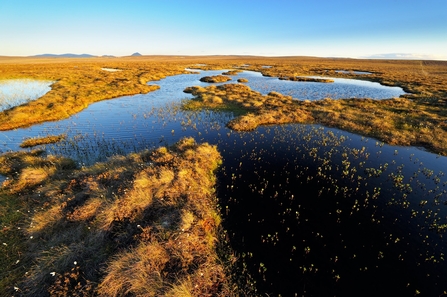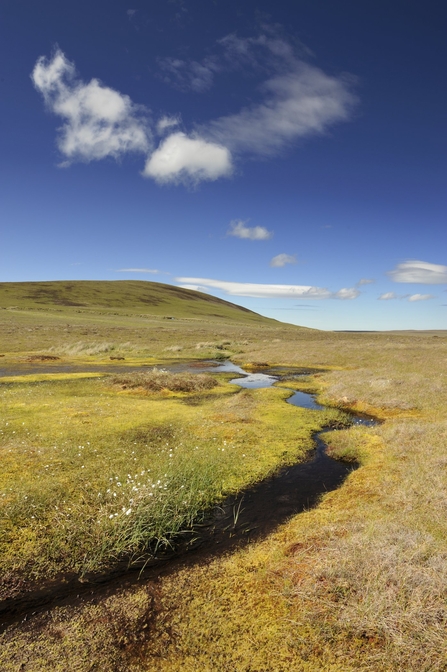On Friday UNESCO announced its long-awaited decision that the Flow Country, a large expanse of blanket bog in the north of Scotland, had been inscribed as the world’s first World Heritage Site peatland. An area of deep peat, dotted with bog pools, that blankets much of Caithness and Sutherland, the site is critically important for peatland biodiversity and carbon storage. The Flow Country is the largest expanse of blanket bog in Europe, covering around 200,000 hectares, and is considered the most outstanding example of an actively accumulating blanket bog landscape.
UNESCO states:
“This peatland ecosystem, which has been accumulating for the past 9,000 years, provides a diversity of habitats home to a distinct combination of bird species and displays a remarkable diversity of features not found anywhere else on Earth”.
The bogs of the Flow Country have been on the tentative list of WHS since 1999. The Flows become Scotland’s first World Heritage Site inscribed for purely natural criteria, and the first on the UK mainland for the global importance of its natural ecosystem. As a place of global significance in the fight against climate change, the newly awarded status unlocks opportunities for the north of Scotland, including green jobs to restore and sustainably manage the area’s peatlands.


